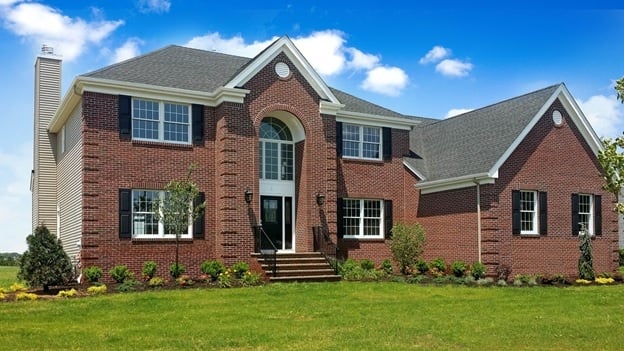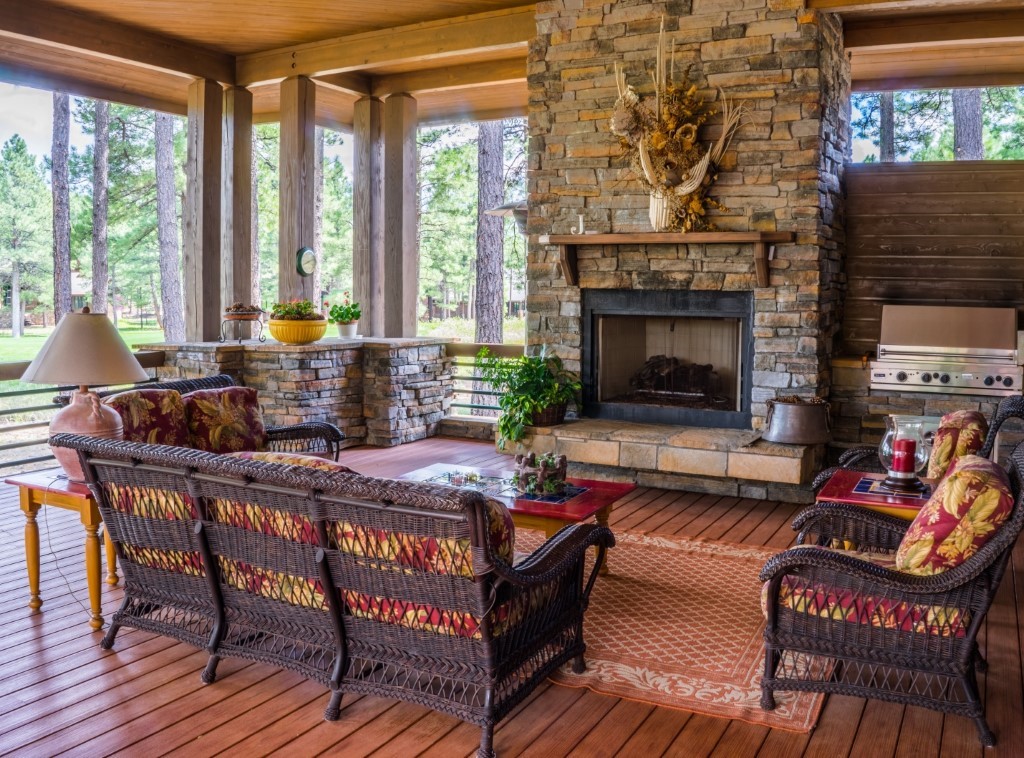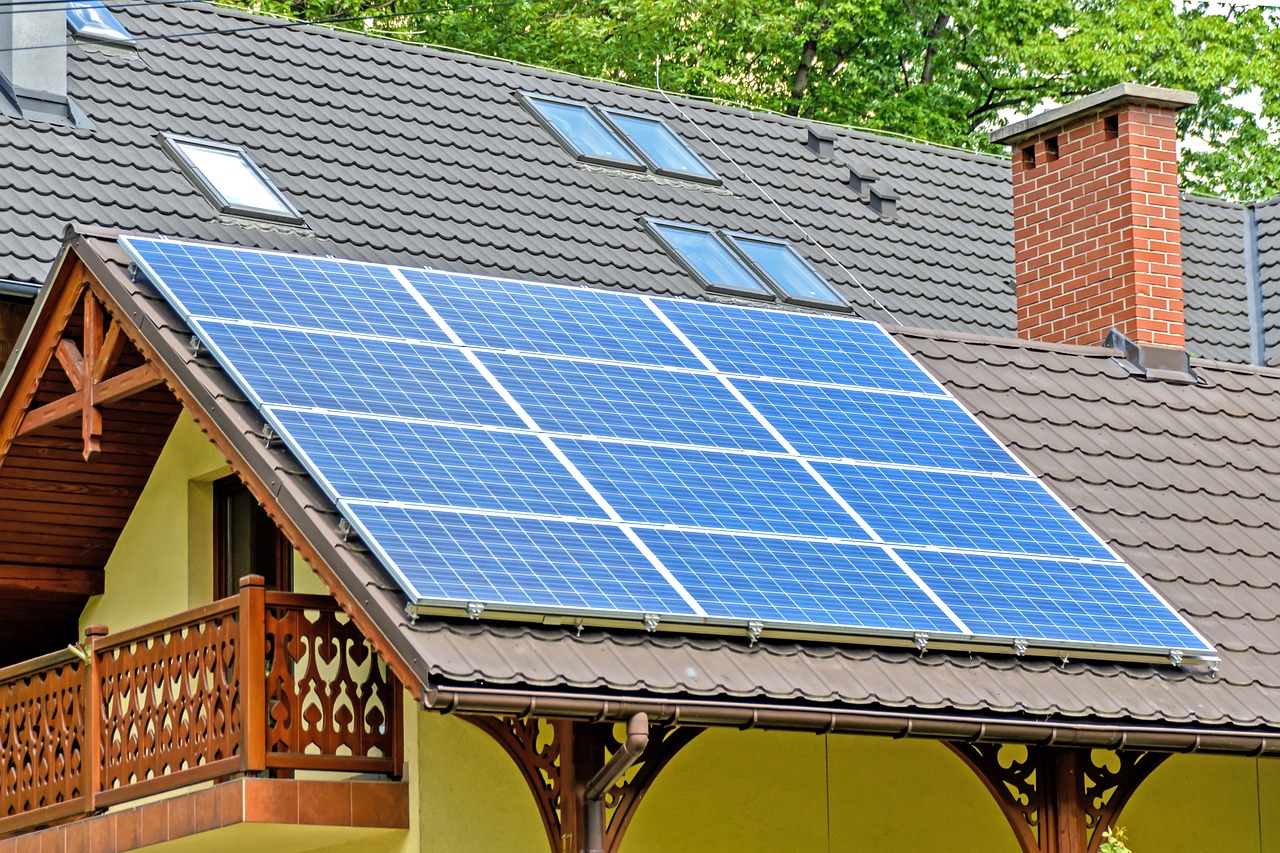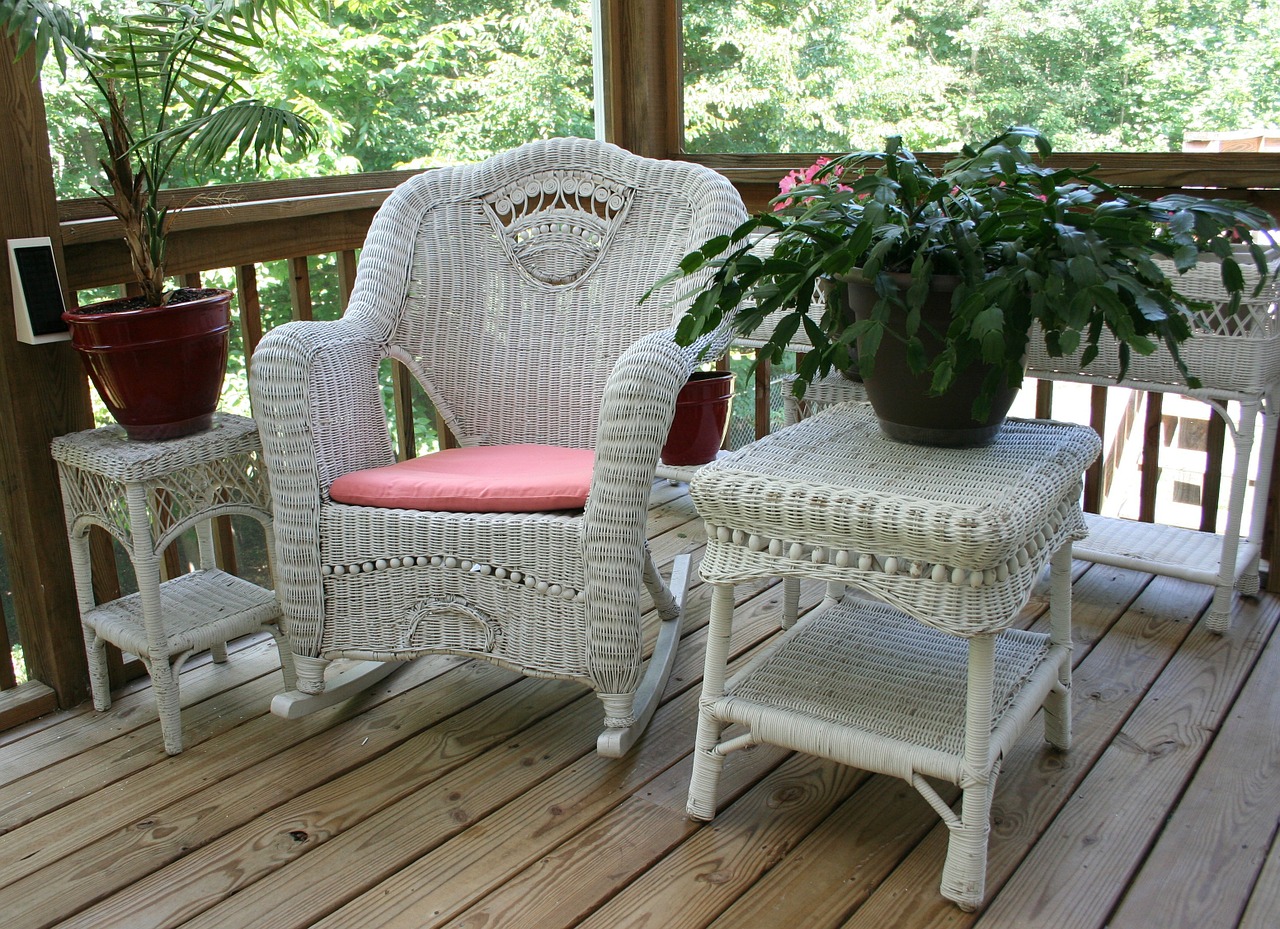The smallest things can make life more difficult as you grow older. If arthritis limits your ability to bend or lift your legs, it’s going to be difficult to step into the bathtub. The marble floors in your foyer may be in good condition, but will you be if you slip on them? Luckily, it’s easy to make a few changes during the building process to ensure that your New Jersey home offers a comfortable haven during your retirement years.
Take a Close Look at Bathrooms
Slippery bathroom floors are the cause of many household falls, but floors aren’t the only potential hazard. If you’re unsteady on your feet, you may fall if you attempt to enter or exit the bathtub, use the toilet or even reach for a bottle of ibuprofen on the top shelf of the medicine cabinet. Adding these features to your bathroom can help you reduce the risk of falls and other injuries:
- Curbless shower
- A shower seat
- Walk-in bathtub
- Brighter lighting
- Automatic lights that turn on when you enter the bathroom
- Non-slip flooring
- Grab bars around the toilet, shower and bathtub
- Raised toilet
Add a First-Floor Master Bedroom Suite
Stairs may not be an issue now, but they can quickly become an obstacle if you develop arthritis, break a leg or hip, or suffer a stroke or other serious condition. When you include a first-floor master bedroom suite in your two-story house, you’ll never need to spend weeks in a rental home or hotel while a first-floor bedroom is added to your house.
Since you never know when you’ll experience an injury or illness that prevents you from climbing the stairs, it makes sense to add a first-floor suite to your home long before you ever expect to need it. Until then, it can serve as a guest suite or the ultimate teen bedroom.
Think Wide Open Spaces
Are the doors and hallways in your new home wide enough to accommodate a wheelchair or walker? You need more space than you may realize to make turns when you use those devices. Although most new homes offer generously sized spaces, you’ll want to check with your builder to make sure that doors are at least 32 inches wide and hallways 36 inches wide.
Add a Stairless Entry
Climbing even one or two steps can be impossible if you have mobility issues. Luckily, you can prevent access problems simply by modifying one entry way into your home. In addition to adding a stairless entry, you may always want to remove raised sections of flooring and avoid sunken living or family rooms.
Make Your Kitchen Accessible
It’s difficult to cook for yourself or even grab a snack from the kitchen if you can’t reach the cabinets. Adding variable height counters and cabinets ensures that you’ll still be able to reach counters if you’re confined to a wheelchair one day. Eliminating upper cabinets or installing easily accessible pull-down shelving allows for easy access and reduces the slip and fall risk.
Non-slip flooring is also important in the kitchen. After all, you don’t want to become one of the more than 3 million senior citizens who visit emergency rooms every year due to falls. Cork, hardwood, laminate, vinyl and bamboo are all good choices for your kitchen floor.
Use Technology to Stay Safe
Technology makes everything, including aging in place, better. Products like Reminder Rosie speak up and tell you when it’s time to take a pill, while GrandCare help you manage daily life. GrandCare data can be shared with other family members and offer peace of mind for both of you. The system can be used to monitor blood pressure, glucose levels and daily activities, video chat or view photographs, and keep up with the latest news.
Are you planning to age in place? It makes sense to add features that will make your life easier during construction of your home. If you’re still looking for the perfect Central New Jersey home, you’ll want to check out Country Classics at Scotch Plains!
Sources:
AARP: New Technology Could Allow You or Your Parents to Age at HomeCenters for Disease Control and Prevention: Important Facts About Falls
https://www.cdc.gov/homeandrecreationalsafety/falls/adultfalls.html
National Association of Home Builders: Aging-in-Place Remodeling Checklist
















Leave a Comment